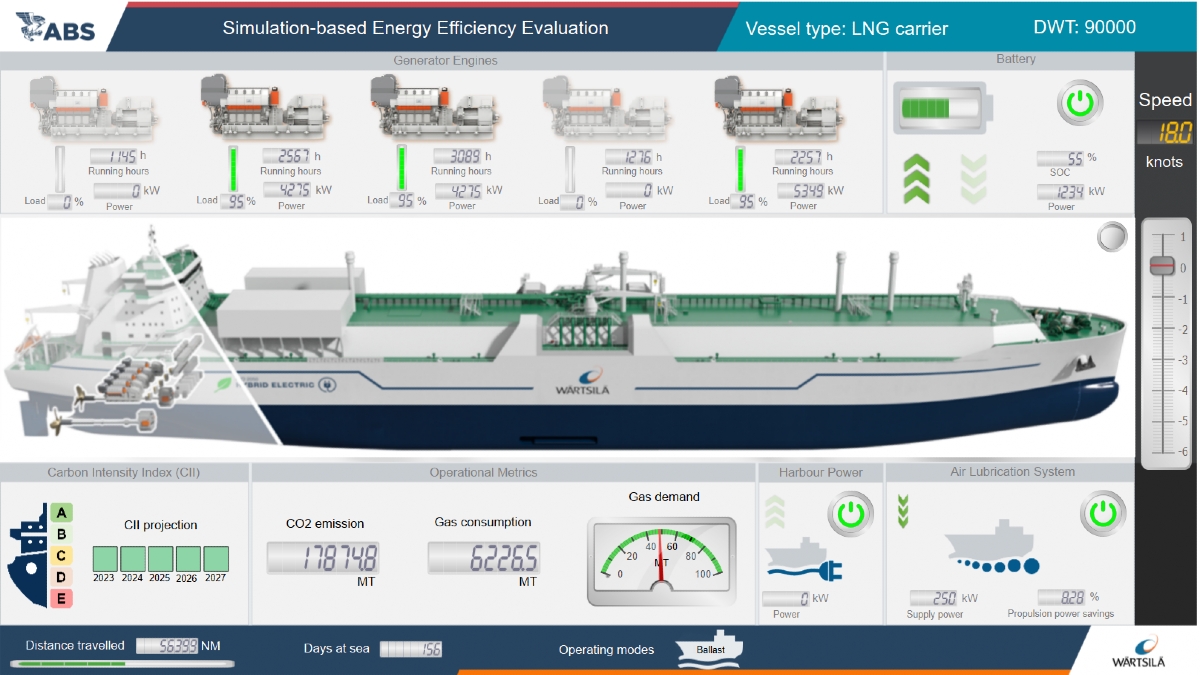Embracing a Comprehensive Approach
In the realm of electrifying harbor vessels, Dr. Gu delves into the intricate interplay of vessel design, charging infrastructure, operational patterns, and financial considerations. He underscores the primary hurdle of crafting an optimal vessel design, noting the inherent constraints of weight and volume. Integrating sizable battery compartments to cater to the energy requirements poses a significant challenge, especially for compact harbor craft. Addressing this necessitates meticulous optimization of the vessel’s hull configuration, structure, and materials to curtail energy consumption. Dr. Gu further stresses the importance of fine-tuning the power and propulsion systems, encompassing the battery management and power distribution setups, to maximize efficiency.
The subsequent challenge lies in the strategic planning, expansion, and standardization of infrastructure. This encompasses selecting the most suitable charging infrastructure model and streamlining the placement and quantity of charging stations. Dr. Gu advocates for a holistic perspective that encompasses all facets—ranging from electric harbor vessels and charging infrastructure to the overarching business model—rather than fixating solely on the vessels themselves. This inclusive approach mandates a thorough evaluation of the interconnectedness between the system and its surrounding ecosystem, encompassing the grid, port infrastructure, and operational dynamics.
The capital expenditure associated with electric vessels and their corresponding charging infrastructure typically surpasses that of conventionally powered counterparts.
Evolving Charging Infrastructure
Various charging infrastructure models, such as battery charging stations and battery swapping, are under scrutiny. Dr. Gu elucidates that a battery charging station can assume shoreside or offshore configurations, including innovative setups like floating charging stations, contingent on its location. Power supply for these stations can stem from diverse sources like shore grid connections, temporary renewable energy storage via power banks, eco-friendly port generators, or swappable batteries. Critical considerations include ensuring battery charging safety and fostering connectivity for seamless communication between the onboard battery management system and the shoreside charger. Dr. Gu highlights the imperative need for standardized protocols governing charging infrastructure and battery systems, underscoring the absence of a universal standard for shoreside battery connections, which often leads to bespoke solutions.
Moreover, Dr. Gu sheds light on the exploration of promising battery technologies and alternative fuels. Emerging innovations encompass solid-state batteries, redox flow batteries, supercapacitors, fuel cells, and the utilization of unconventional fuels like ammonia, methanol, ethanol, and hydrogen. Ongoing research delves into diverse battery chemistries, including sodium-ion batteries, solid-state variants, and lithium metal batteries. Dr. Gu underscores the complementary role of fuel cells in tandem with lithium-ion batteries, potentially enabling onboard recharging using sustainable energy sources. Additionally, supercapacitors are hailed for their high-power densities, albeit with lower energy densities, positioning them as an ideal supplement to lithium-ion batteries for addressing transient power demands.
Despite the promising advancements in electrification, Dr. Gu acknowledges persistent challenges. These encompass the elevated initial costs associated with transitioning to electric propulsion, the imperative need to train existing personnel to operate electric vessels and infrastructure, ensuring an adequate energy supply at ports during peak demand periods, and the willingness of vessel operators to bear the cost of energy provisioned by the port.
